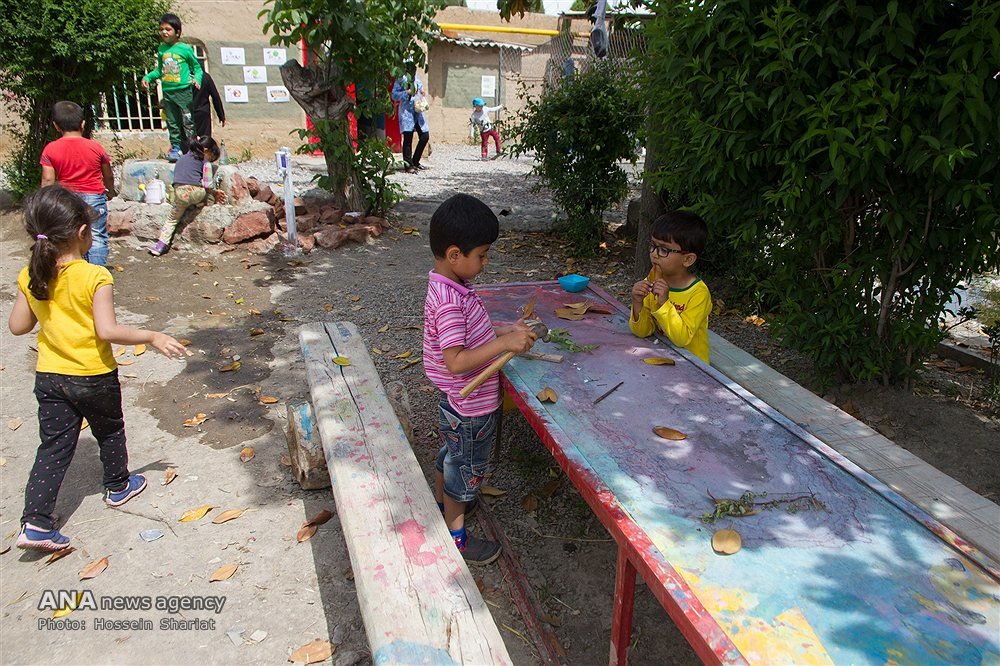Developing green learning spaces on agenda

TEHRAN — The new learning spaces and settings will be green and developed in line with environmental friendly policies, director general for Tehran province organization for development, renovation, and equipping of school said on Tuesday.
The organization strategy on developing new learning spaces is respecting the environment and taking environmental factors into consideration, ILNA news agency quoted Dariush Varnaseri as saying.
Taking into account the physical setting and sustainable use of energy are regarded as the fundamental components of the green learning settings, Varnaseri noted.
Adding green spaces to the schools, raising students’ environmental awareness, and keeping the spaces clean and trash-free are of the other characteristics of such schools, he highlighted.
He went on to say that “We are making a collective attempt to prepare the primary requirements for developing such learning settings especially in a metropolis of Tehran.”
Optimal use of energy, decreasing noise pollution and talking advantage of sun and solar energy are the priorities for building green schools, he concluded.
Green space’s impacts on children’s cognitive development
According a recently published study co-authored by University of California, Los Angeles (UCLA) researchers, school age children who have long term exposure to green space are less distracted and experience improved memory.
In the study, which was published on February 22 in the journal of Environmental Health Perspectives, researchers from the Barcelona Institute for Global Health and the UCLA Fielding School of Public Health used MRI data and proximity to green space culled from 253 schoolchildren from the BREATHE project in Barcelona to work out how being raised in greener neighborhoods affects brain development.
Lifelong exposure to green space - parks, grass, trees and other vegetation - was estimated using satellite imagery of the children’s homes from birth through 2012, the time of the study. The research, led by Dr. Payam Dadvand, a researcher with the Institute for Global Health, was conducted over the span of a year. Using MRIs and computerized tests the children were evaluated every three months, to track their working memory and inattentiveness.
The team of researchers found the children raised in homes surrounded by the natural environment had more activity in the regions of their brain associated with learning and the ability to engage with others. Those children also experienced less distraction and a sharpened memory, key indicators to a child’s ability to be successful both academically and socially.
MQ/MG
